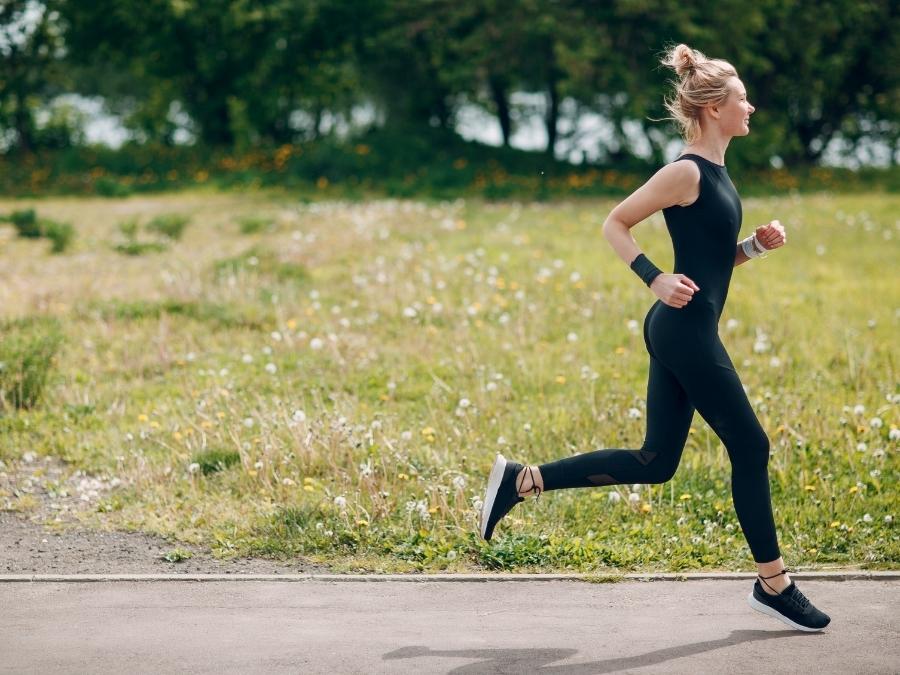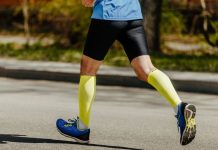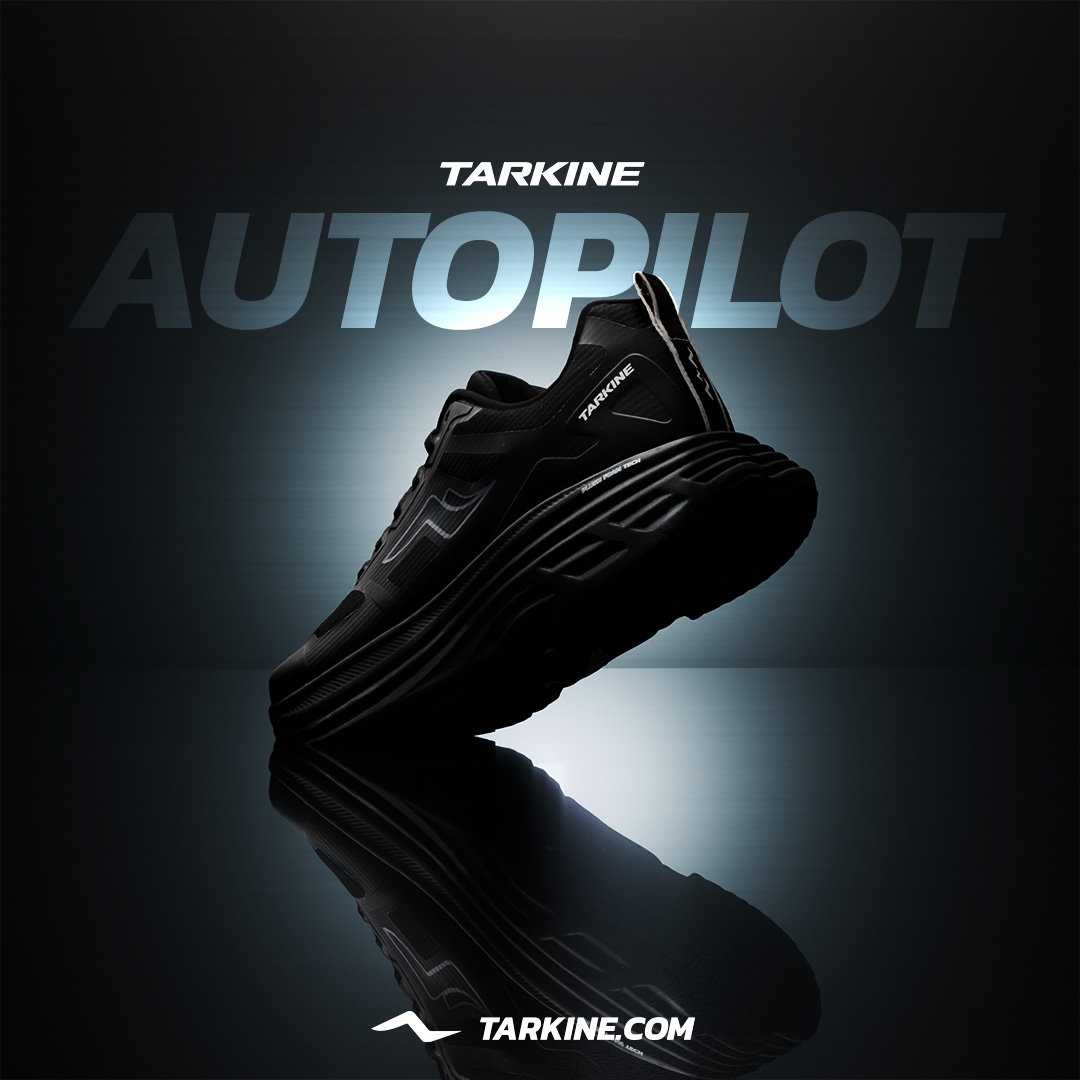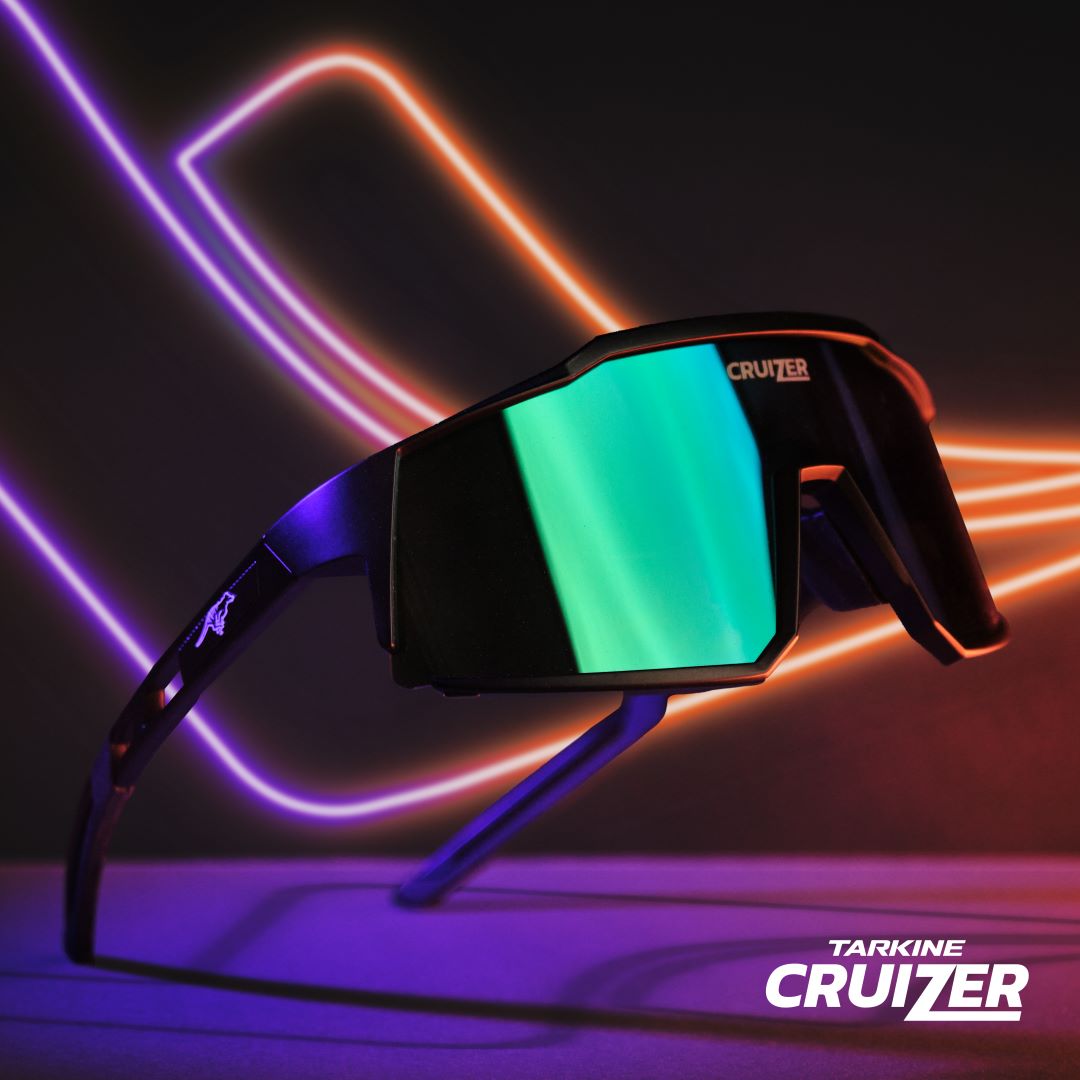Running is great for your fitness—building stronger legs, boosting heart health, and even improving your mental sharpness. But could all those miles be tough on your skin? If you’ve ever finished a run with salt crystals on your face, a sunburn you didn’t expect, or a painful blister, you might wonder if your skin is paying a price. You’re not alone—over 20 percent of marathoners report skin-related issues, and trail runners, with their rough terrains, are particularly at risk.

So, what are the most common skin problems for runners, and how can they be prevented? A recent review published in Quality of Sport by researchers in Poland sheds light on the skin issues runners frequently face and offers advice on how to manage them. Let’s explore how to maintain healthy skin while enjoying your runs.
The Importance of Sun Protection
When you’re logging miles in the sun, your skin is vulnerable to UV radiation. The research shows that distance runners, especially marathoners, have an elevated risk of developing skin cancers, including both melanoma and non-melanoma types. Surprisingly, many runners accumulate more sun exposure over their lifetime than surfers, despite often running outside peak sunlight hours. Sunburns are a common concern, especially for runners under 45.
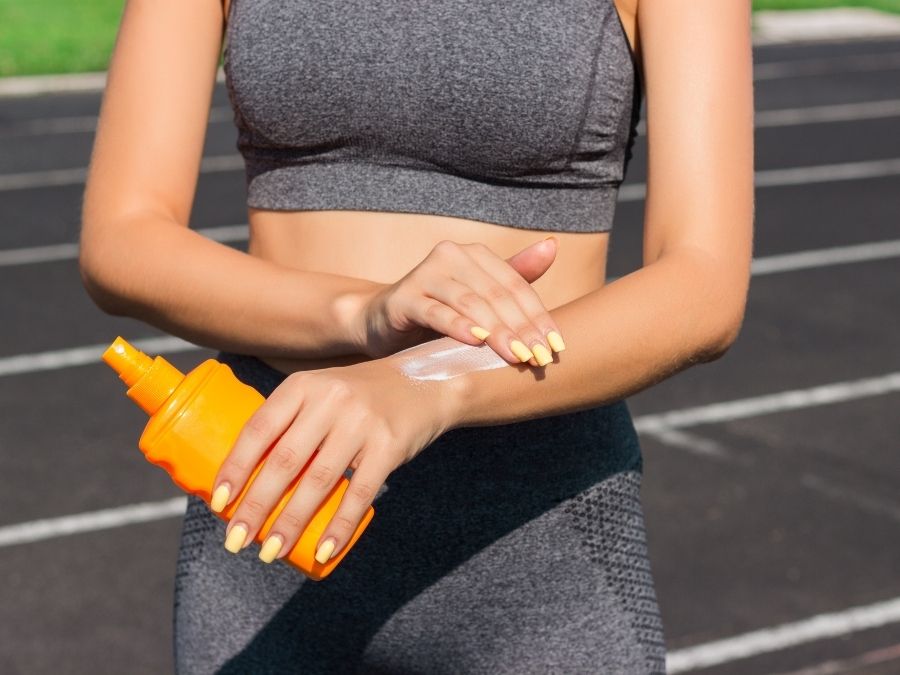
How can you protect yourself? Applying a broad-spectrum sunscreen with an SPF of at least 30 is essential. UV-protective clothing, a hat, and sunglasses can also offer valuable protection. If you have lighter skin, you’re at higher risk and need to be especially diligent. Unfortunately, many runners forget to reapply sunscreen during longer runs, so building the habit of regular application is key. If you’re a heavy sweater, use water-resistant sunscreen, and consider clothing with UV protection to keep your skin safe.
Is Sweat Harmful to Your Skin?
While sweat is your body’s way of regulating temperature, it can also create skin problems. The moisture from sweat provides a breeding ground for bacteria, potentially leading to clogged pores, acne, or skin irritation. Studies have found that intense physical activity, particularly in humid environments, can cause skin rashes, including heat rash (miliaria).
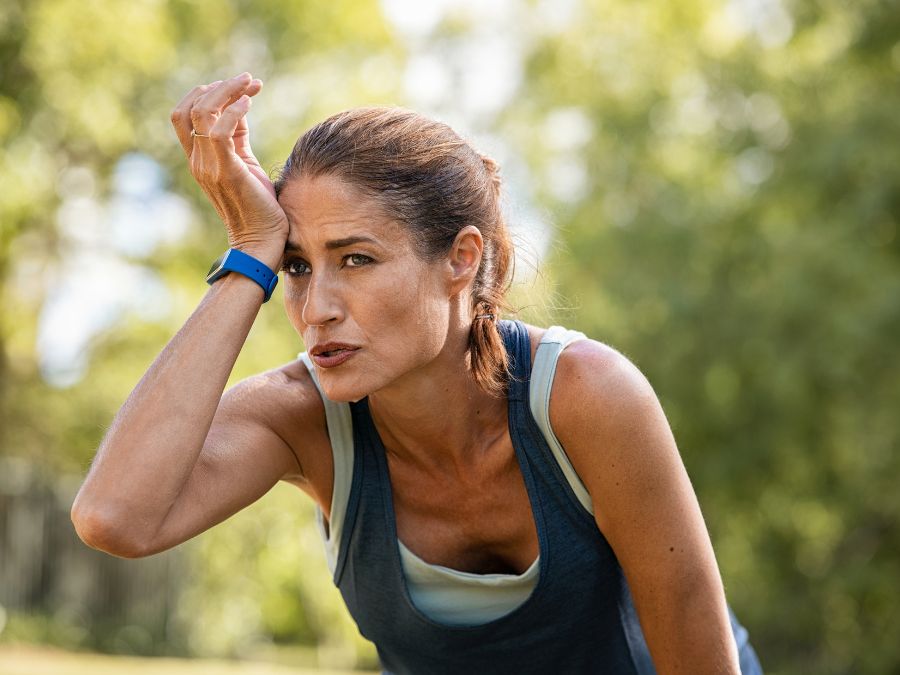 But don’t worry—sweat can also help your skin by flushing out toxins. The key to avoiding irritation is to wash off sweat soon after your run to prevent lingering skin problems.
But don’t worry—sweat can also help your skin by flushing out toxins. The key to avoiding irritation is to wash off sweat soon after your run to prevent lingering skin problems.
Friction, Blisters, and Environmental Stress
Runners expose their skin to a lot of stress, from rubbing and friction to environmental conditions and potential infections. Blisters, one of the most common skin problems, often develop on the feet due to friction from shoes or socks. These painful, fluid-filled spots can be prevented by wearing moisture-wicking socks, using anti-chafing products, and ensuring your shoes fit correctly.
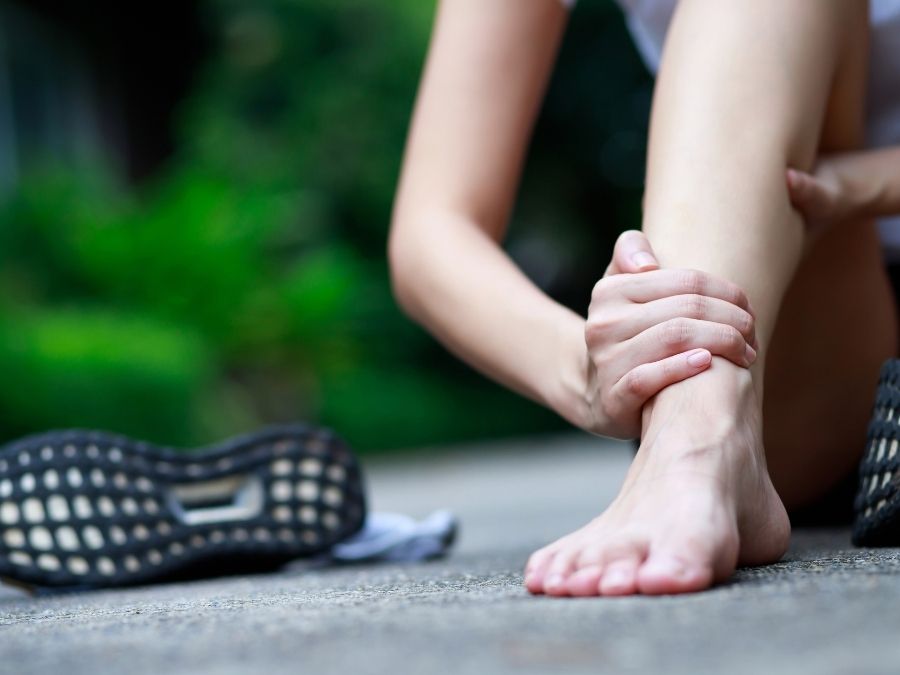 Calluses, another common issue, are thickened patches of skin that develop as a protective response to repeated friction. While they can help guard your feet against further damage, it’s important not to mistake a callus for a wart, which might require professional treatment. Runners are also vulnerable to conditions like athlete’s foot or fungal nail infections, especially in sweaty or damp environments. Keeping your feet dry, changing socks often, and giving your shoes time to air out are simple ways to prevent these infections.
Calluses, another common issue, are thickened patches of skin that develop as a protective response to repeated friction. While they can help guard your feet against further damage, it’s important not to mistake a callus for a wart, which might require professional treatment. Runners are also vulnerable to conditions like athlete’s foot or fungal nail infections, especially in sweaty or damp environments. Keeping your feet dry, changing socks often, and giving your shoes time to air out are simple ways to prevent these infections.

Protect Your Skin While Running
Though running offers numerous health benefits, it can also lead to skin-related challenges. From sun damage to friction-related blisters, frequent runners face unique skin issues. But by taking a few simple steps, you can keep your skin healthy and comfortable. Stick to running during cooler times of day to avoid direct sun exposure, use water-resistant sunscreen, and wear moisture-wicking socks and properly fitted shoes to prevent blisters.
By following these tips, you’ll protect your skin while continuing to enjoy the physical and mental rewards of running.







